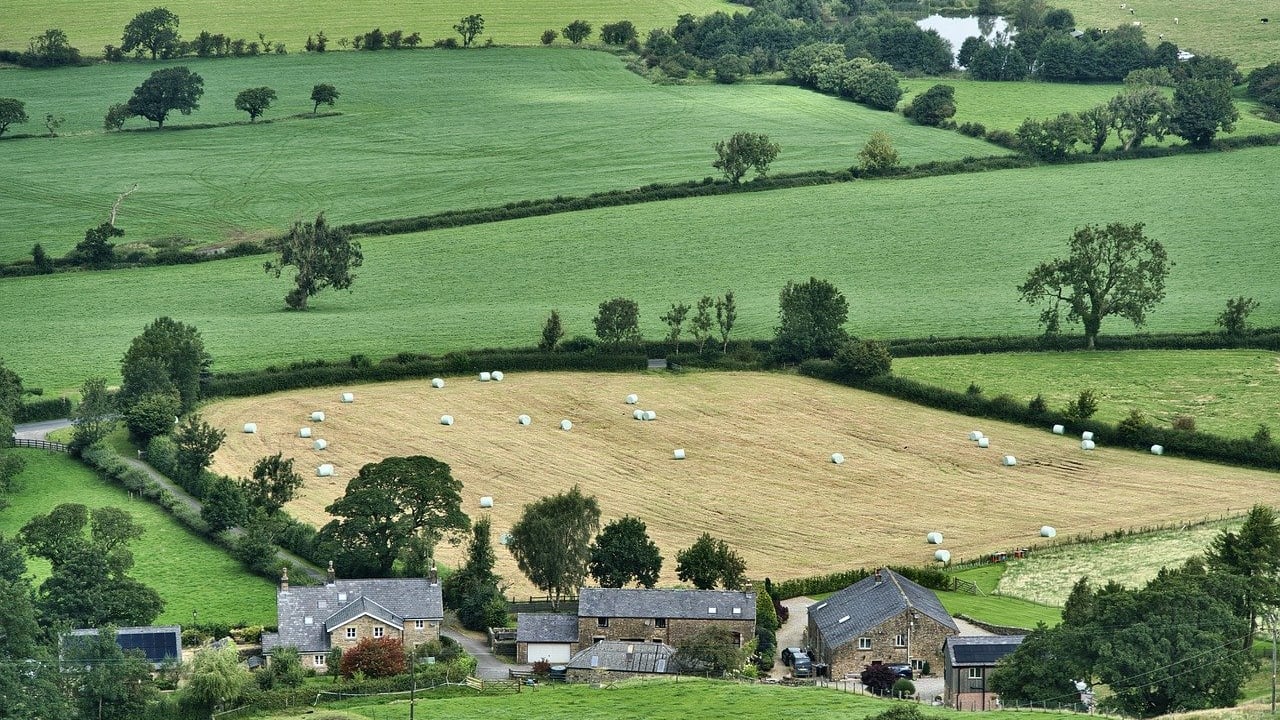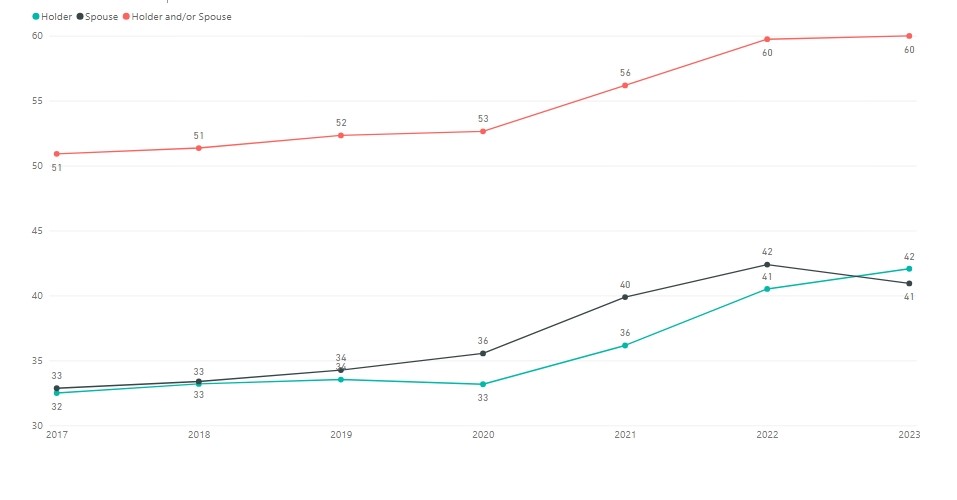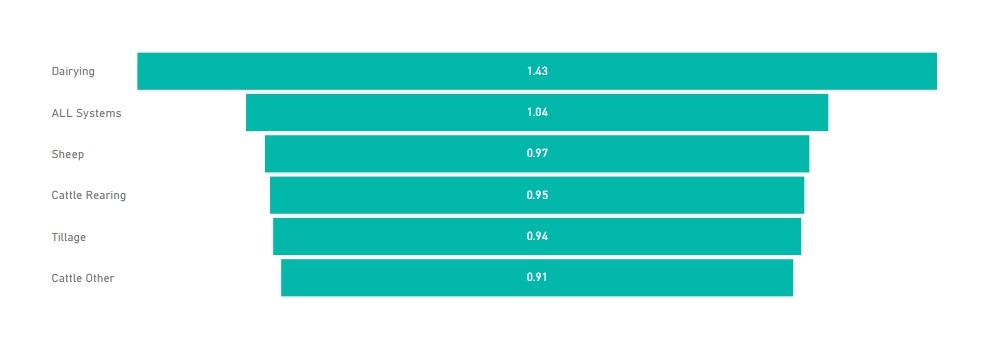Farm survey 2023: 42% of farmers now employed off-farm
Incidences of off-farm employment rose to 60% in 2023, according to the National Teagasc Farm Survey 2023.
The proportion of farm households whereby the farmer and/or spouse was employed off-farm increased to 60% in 2023, with the rate of farm holders employed off-farm rising to 42%, the survey reported.
This has highlighted the increasing reliance of an off-farm source of revenue for farming households, which is indicative of the falling farm incomes reported across all sectors last year.
Of the 85,000 farms represented in the survey, the average family farm income fell to €19,925 in 2023 - a reduction of 57% from the previous year.
Average family farm incomes were highest in the east at €30,500 and were lowest in the west of the country at €10,891, according to the report.
These rates vary depending on location and the type of farm system in practice, with drystock farmers most likely to work off farm in comparison to dairy farmers who were found to be less dependent on alternative means of income.
The report shows that 50% of all tillage, sheep and cattle other, 47% of cattle rearing farmers and 11% of dairy farmers, work off-farm to supplement farm incomes.
The overall incidence of household off-farm employment (where either the farmer or spouse was employed outside of the farm practice) was 63% in cattle other; 61% in tillage; 59% in sheep; 58% in cattle rearing and 56% in dairy.
This demonstrates a rise in the proportion of farm households, whereby both the farmer and spouse are employed outside of farm activity.
This is reflective of the fall in farm family incomes reported, with 49% of all farms having earned less than €10,000 in 2023.
The report also indicated that just under one-third of all farm households were in receipt of a pension, which is indicative of an ageing farming demographic overall. The average age of farmers in Ireland is 58-years-old.
These rates are highest among cattle rearing farms, with 43% of households reportedly receiving a pension, followed by cattle other (32%), sheep (34%) dairy (20% and tillage (18%), highlighting the challenge of generational renewal within the sector.
The report also shows an increasing dependency on unpaid (family) labour with an average 1.04 unpaid labour units/farm employed across all systems.
However, these figures vary depending on the type of system in place, with dairy farms reporting an average 1.43 units of additional unpaid labour employed, followed by sheep (0.97), cattle rearing (0.95), Tillage (0.94) and cattle other (0.91).
In terms of total labour units employed (including additional paid farm labour), the average dairy farm had nearly two units (1.85), tillage farms had 1.11 units on average, total labour input came in at one unit on sheep farms and just under one unit in both cattle rearing (0.97) and cattle other farms (0.94).







